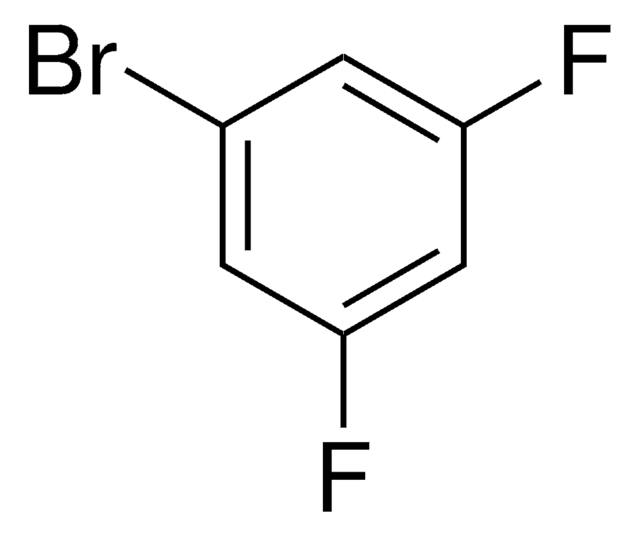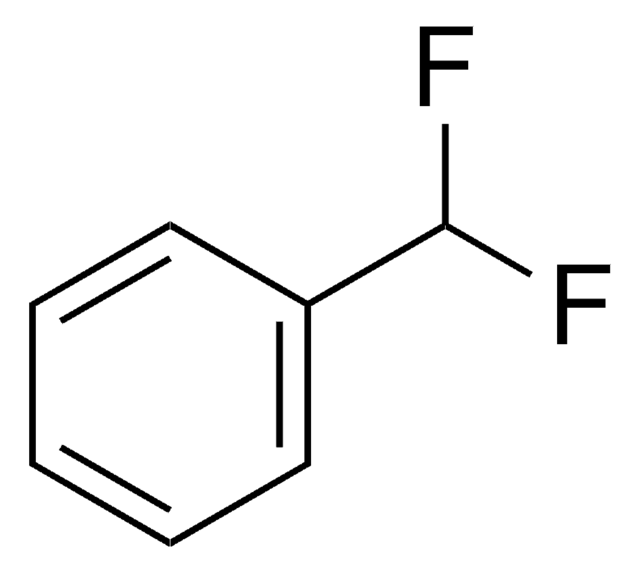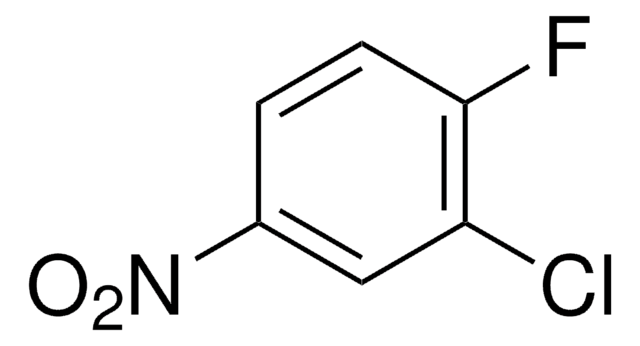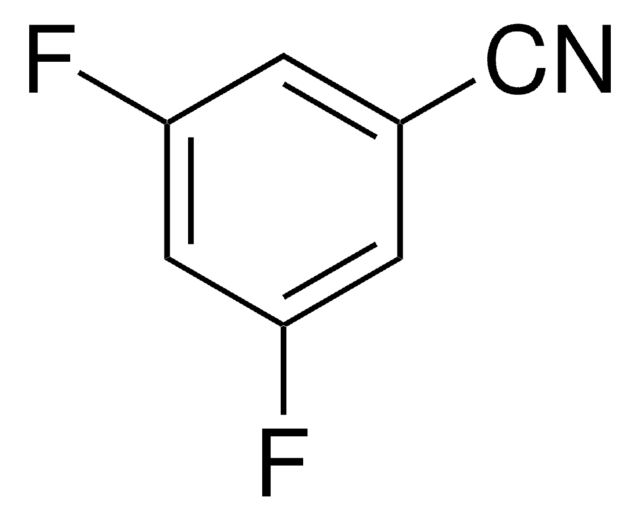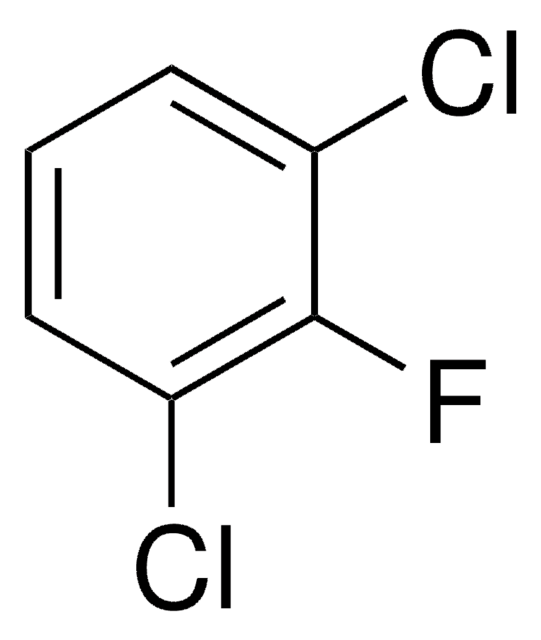Kluczowe dokumenty
About This Item
Polecane produkty
Próba
99%
Formularz
liquid
współczynnik refrakcji
n20/D 1.449 (lit.)
bp
113-117 °C (lit.)
gęstość
1.12 g/mL at 25 °C (lit.)
ciąg SMILES
Cc1ccc(F)cc1F
InChI
1S/C7H6F2/c1-5-2-3-6(8)4-7(5)9/h2-4H,1H3
Klucz InChI
MPXDAIBTYWGBSL-UHFFFAOYSA-N
Szukasz podobnych produktów? Odwiedź Przewodnik dotyczący porównywania produktów
Opis ogólny
Zastosowanie
Hasło ostrzegawcze
Danger
Zwroty wskazujące rodzaj zagrożenia
Zwroty wskazujące środki ostrożności
Klasyfikacja zagrożeń
Flam. Liq. 2
Kod klasy składowania
3 - Flammable liquids
Klasa zagrożenia wodnego (WGK)
WGK 3
Temperatura zapłonu (°F)
59.0 °F - closed cup
Temperatura zapłonu (°C)
15 °C - closed cup
Środki ochrony indywidualnej
Eyeshields, Faceshields, Gloves, type ABEK (EN14387) respirator filter
Wybierz jedną z najnowszych wersji:
Masz już ten produkt?
Dokumenty związane z niedawno zakupionymi produktami zostały zamieszczone w Bibliotece dokumentów.
Active Filters
Nasz zespół naukowców ma doświadczenie we wszystkich obszarach badań, w tym w naukach przyrodniczych, materiałoznawstwie, syntezie chemicznej, chromatografii, analityce i wielu innych dziedzinach.
Skontaktuj się z zespołem ds. pomocy technicznej



